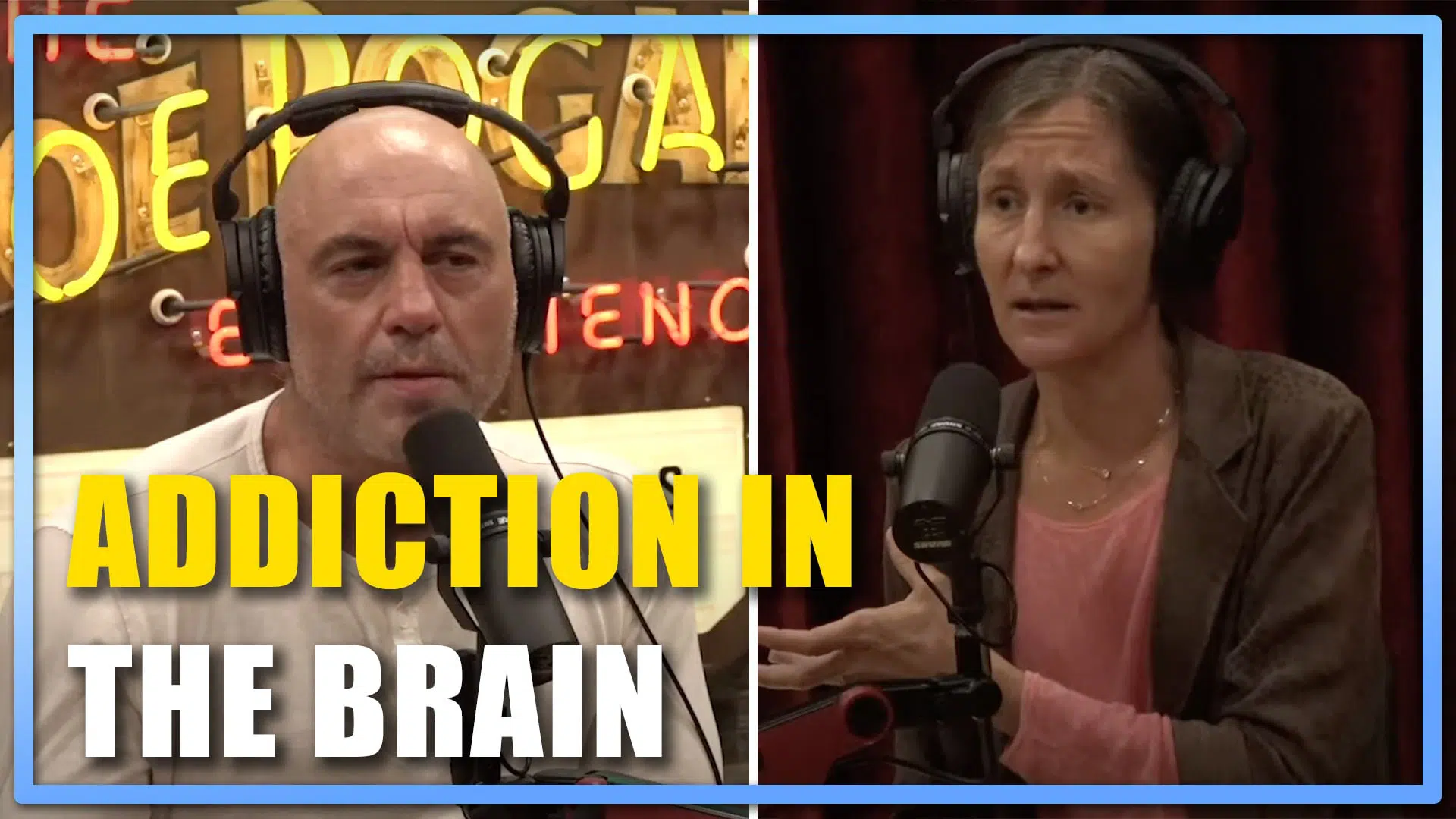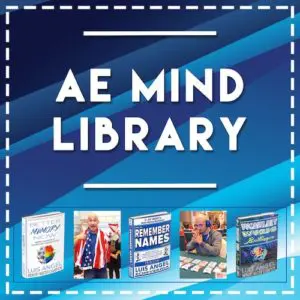
Joe Rogan interviewed Anna Lembke and they talked about what happens in the brain during addiction and it was a great JRE 1708 Spotify Podcast Episode
[sc name=”googleinpostad”]
[sc name=”googleinpostad”]
Anna Lembke, MD
It’s something that people used to call the addictive personality. We don’t really call it that anymore. We just use the idea of the disease model. So we say that somebody has the disease of addiction. It’s a chronic relapsing and remitting problem. People come to it with different degrees of vulnerability and the risk for it can essentially be summarized as nature, nurture, and neighborhood. And just to briefly describe that if you have a biological parent or grandparent with addiction, you are at increased risk compared to the general population of getting addicted yourself. If you have a co-occurring mental illness, you are at increased risk of getting addicted. If you have certain character traits, like you’re more impulsive, you have a hard time putting a break between the idea to do something and actually doing it. You’re at increased risk for addiction.
So that’s kind of all in the sort of nature, risk category. There’s also the nurture piece of it. So if you grow up in an environment where you experience a whole lot of trauma, you are at increased risk for becoming addicted. If you grew up in an environment where your caretakers model, using drugs and alcohol or other addictive substances or behaviors as a coping strategy, you are at an increased risk of becoming addicted, or even if they just implicitly condone it. And then that brings us to the whole neighborhood idea. And this I think is a really under-recognized aspect of our risk for addiction, which is just simple access. So if you live in an environment where you have more access to highly reinforcing drugs and behaviors, you’re more likely to try them. And just simply in being exposed, especially with the increasing potency variety and novelty of drugs today, your increased risk of becoming addicted.
So if you go see a doctor who’s more free with their prescription pad, you’re exposed to opioids or benzos, you’re more likely to, to get addicted. If you grow up in a culture where people are playing a lot of video games, you’re more likely to try them more likely to get addicted. So this nature and nurture and neighborhood are the risk factors, but again, people bring different degrees of vulnerability to this problem of addiction. Some people are more vulnerable than others. You may indeed be in that category where you’re just somebody who once you find something that’s reinforcing for you, you just want to do it again and again and again,
Joe Rogan
When you say reinforcing, what do you mean by that?
[sc name=”googleinpostad”]
Anna Lembke, MD
I mean, that it’s rewarding in some way rewarding. So it’s pleasurable at first. Now the thing about addiction and the way that it changes our brains is that that thing that initially is pleasurable and has us engaging in approach behaviors. If we continue to consume that substance or engage that behavior, it ultimately actually puts us in a dopamine deficit state, such that we want to continue to do that behavior, not to feel good, but just to stop feeling bad. That’s kind of one of the fundamental things about the disease of addiction. It’s innate vulnerability to start added to the changes that occur in the brain as a result of ongoing consumption of our drug and those brain changes are what drive, the continued compulsive views.
Joe Rogan
So that’s the difference between being enthusiastic about something that you enjoy versus something that consumes your life. So you’re kind of chasing the dragon, that’s what they talk about it with heroin addiction, right? Don’t they say chasing the dragon? The initial rush that you get from the first, uses of it, you’re always chasing that, but really what you’re doing later on in life is just trying to not be sick, not having it in your body makes you feel terrible.
Anna Lembke
Right. That term chasing the dragon, it comes in part from, as you describe, like the elusiveness of trying to recreate that initial high, which with continued use becomes harder and harder, but it also literally comes from when heroin is inhaled. So if you put it on a piece of tinfoil and you light it underneath, you get this kind of smoke, then that plume looks like a Dragon’s tail. It’s got a couple of different meanings. But yes, what you’re saying is exactly right.
The way that I describe this to patients and describe it to medical students is imagine that in your brain, there’s a balance, kind of like a teeter-totter in a kid’s playground. And one of the most interesting findings in neuroscience in the past 75 years is that pleasure and pain are co located, which means the same parts of our brain that process pleasure also processed pain. And they work like opposite sides of a balance. When we do something that’s rewarding or reinforcing or pleasurable our balance tips slightly to the side of pleasure, we get a little release of dopamine, the pleasure neurotransmitter in that part of our brain, our reward pathway, and we feel good. But the thing about that balance is that it wants to remain level and it, and the brain will work very hard to restore a level balance or what’s called homeostasis.
It does that by tipping the brain and equal and opposite amount to the side of pain. So again, the way the balance restores homeostasis is to tip to the opposite side. That’s the come down after using that moment of wanting to do it again, the hangover, if we wait long enough that feeling passes and balances restored, but if we don’t wait and we continue to use our drug again, and again, we end up with a balance that’s essentially weighted to the side of pain.
I imagine that like these little neuroadaptation gremlins hopping on the pain side of the balance, not very scientific. I know, but the point is that with repeated use, we get enough gremlins on the pain side of the balance to fill this whole room. And then we’re essentially working from a dopamine deficit state. We’ve, down-regulated our own dopamine, we’ve downregulated our own dopamine transmission and those gremlins like it on the balance. So they don’t get off after the hangovers, over the acute withdrawal, they can persist there for weeks to months to years. Which is why people with addiction, even when their lives have become so much better will relapse because they’re not walking around with a level pleasure pain balance.
They’re walking around with a balance tipped to the side of pain. They’re experiencing the universal symptoms of withdrawal from any addictive substance or behavior, anxiety, irritability, insomnia, dysphoria, and intrusive thoughts of wanting to use their drug again. Now with enough time elapsed, with people with severe addiction, it can take months to years, those neuro adaptation gremlins will hop off. We will regenerate our own dopamine and our own domain receptors and, and our level balance or homeostasis will be restored.

